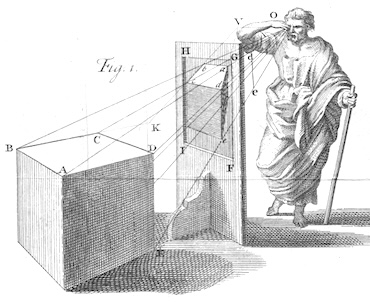Ideas for a Localized Lighting Model
As I see how search engines are incorporating LLMs, it makes me all the more eager to see their capabilities cross into the physical world.
I’d love to be able to walk into a room and just tap a wall to trigger full-room illumination through an agentic interaction.

And just imagine having a more complex agent, like if I slide my finger vertically, then the movement could be semantically translated into the amount of illumination I’m in the mood for. Plus, in the real world you have axes and dimensions, so it’d be possible to apply any of this learning to accommodate horizontal human-digital expressions.
Training is probably straightforward, to the point where I could leave lights on the entire time. In fact, I’ll probably have to so I can train a model to know the difference between a tap that means I want illumination and a tap that means I want to temporarily halt a photon-generating device. This is actually advantageous since by default I anticipate I’ll want to be able to see. So this approach will be more resilient to darkness and when the LLM worries I might hallucinate and see things in the dark.
Currently budgeting the cloud computing resources I’ll need to back a Raspberry Pi for a mockup. Confident I can get a Localized Lighting Model done fairly quickly.